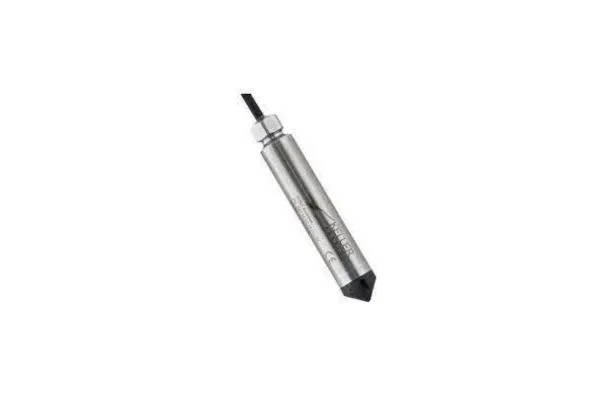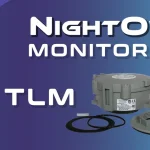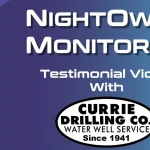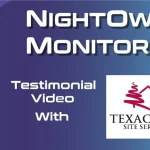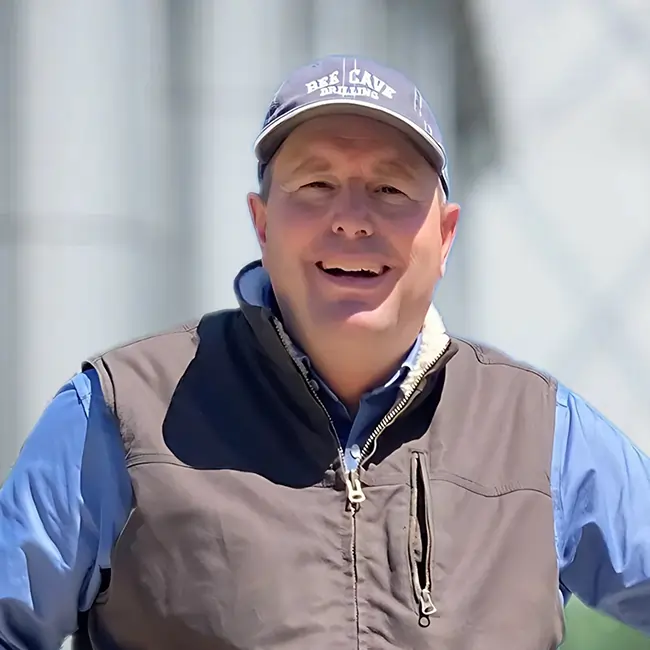There are two main ways to monitor the water level in your well: ultrasonic sensors and submersible sensors. Let’s discuss the benefits and drawbacks of each system.
Ultrasonic sensors send a sound wave down from the surface and bounce it off the top of the water. By timing that sound wave, an ultrasonic sensor can tell you the water level at any moment. The biggest problem with ultrasonic sensors, however, is that they tend to give you trash data. You might get 95% accuracy but that 5% that is wrong can really make your data look bad. To limit the amount of trash data, it is a best practice to install a tube from the surface down to the top of the pump so that the sound wave travels down the tube. We recommend you use Polypipe with no joints to limit the chances of interference.
Another good practice is to cover your sensor to protect it from other noise such as wind or automobile traffic. Because the sensor is listening for that sound wave to return, it may misinterpret other noises and give you a bad reading. For wells over 500 feet deep, ultrasonic sensors are usually the cheapest option. But for shallower wells, the cost will be similar to or more expensive than submersible alternatives.
Submersible sensors are installed down the well just above the submersible pump. They can be slid down a measuring tube or installed on the production pipe. These sensors will give you very clean data but the cost of the cable for deep sets can be a major drawback to these systems. They require a special cable with a breathing tube incorporated along with the electrical wires. These sensors have to adjust for variations in barometric pressure. Therefore, that tube must extend up out of the well so that it can breathe. But this creates a problem: If the tube is allowed to breathe humid air, water will condense over time in the tube and run down to the sensor. Most sensors will be damaged by water intrusion.
There are two main ways to prevent this from happening. The first is to use a set of bellows. The bellows hold the air that the tube will breathe over and over again. This way, no moisture is introduced into the system. The second technique is to have the air flow through a drying tube assembly filled with a desiccant. The desiccant will absorb the moisture, preventing it from getting into the breathing tube. The desiccant will turn from blue to pink color when it is saturated, and it will have to be replaced occasionally depending upon how humid your air is.
Our suggestion is to always use the submersible sensors. They are much more reliable, easy to install, and will give you the cleanest data. However, we also understand that cost may be an issue. We offer both items and you can choose which version works best for your applications.

